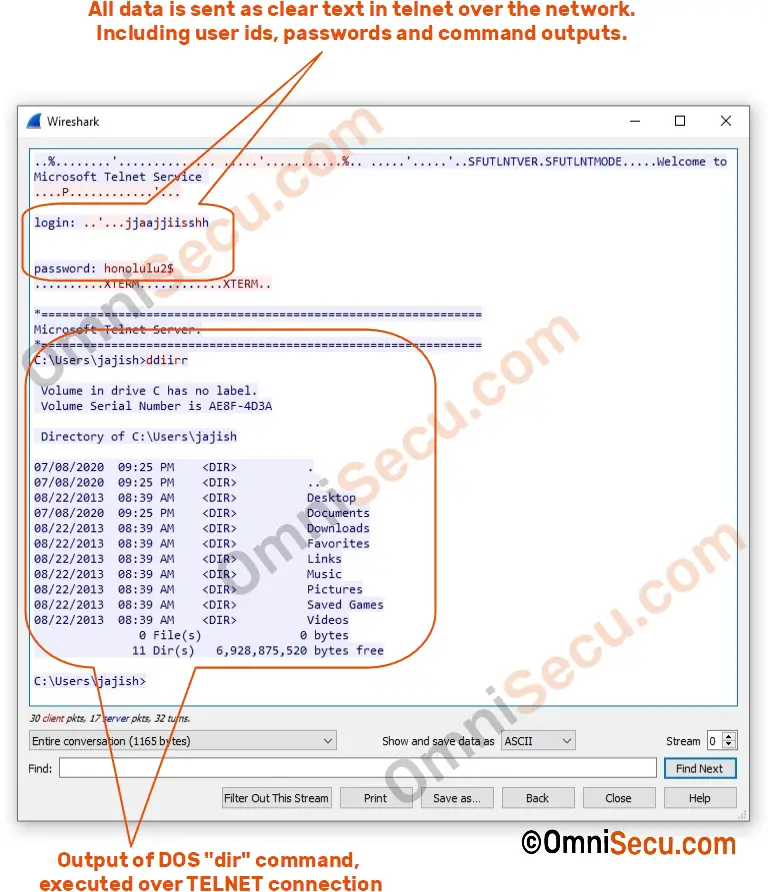

These options are for download operations. When included, no output will be generated.ĭisplay the operation’s execution step by step. (Ensure that you include the appropriate extension.) Include to have log messages saved to the named. Ensure that the complete path to the this file, including file name and extension are included. This file must exist on the local system. Include this in addition to the -i option to denote that its targeted should be treated as HTML format.ĭownload from a list of URLs specified in a file input as the variable. Use these options to specify log and input files. Include this option and specify a desired to be pre-pended to relative links found in this file, if applicable. When a wget download is initiated using both the -F and -i options, a specific file of URLs is targeted, and the format of that file is to be read as HTML.
Ssh shell access directory code#
In these cases, the characters are not included in the syntax.Īny path in the syntax targeting a storage group must be prefaced by the appropriate numeric “CP Code Root.” This is represented as “ 123456” in these examples. Unless specifically noted in the description of a command, angle brackets indicate a variable value that you must provide. Unless specifically noted in a command’s description, only a single option/component can be included in a set of square brackets. In some instances, an individual component must exist in a single set of brackets ( ), while in others, multiple components can be included in a single set ( ). The content within must be included in square brackets. For example, multiple instances of the component can be provided to, include multiple sources for moving, copying or deleting.

This indicates that the component that precedes it can be repeated. With the connection open and resolved, you can now issue CMShell commands.


 0 kommentar(er)
0 kommentar(er)
